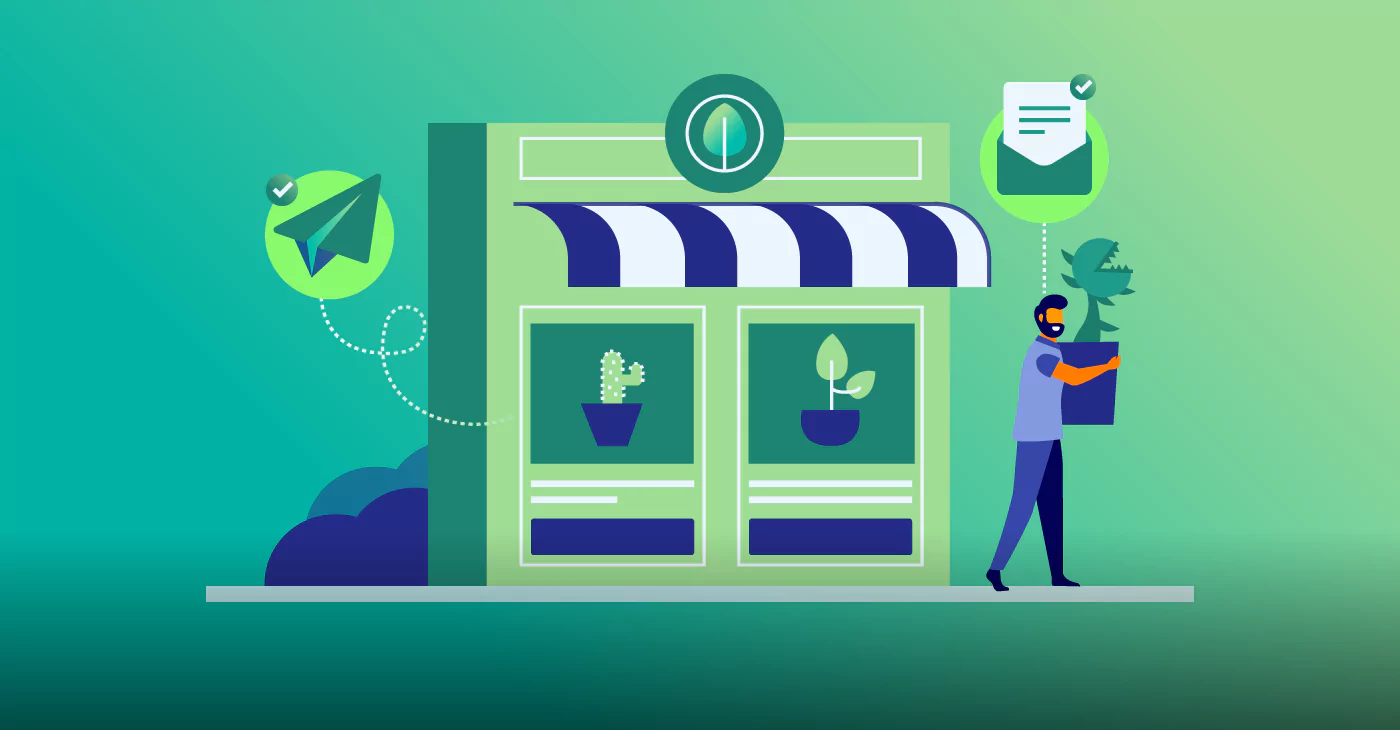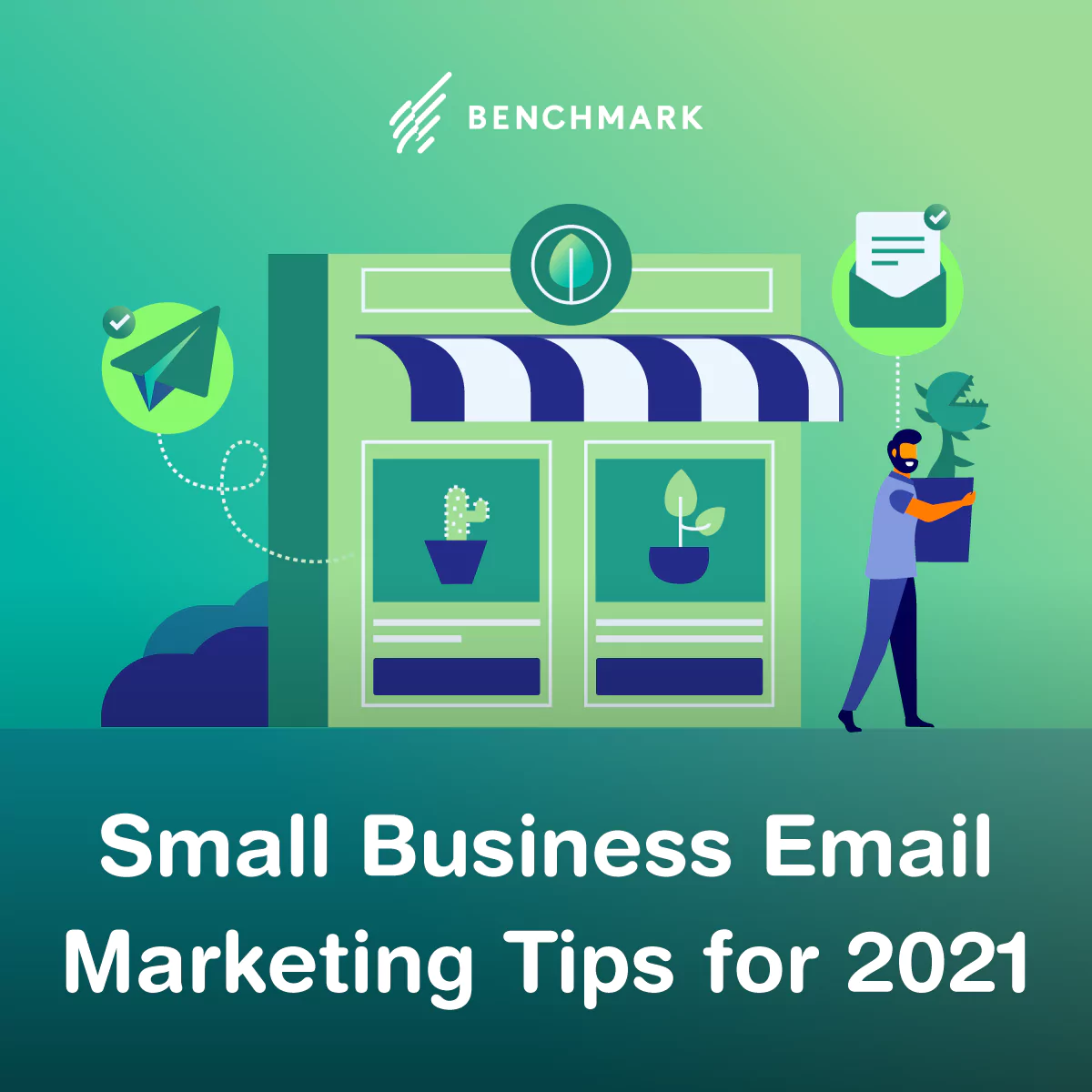
Email marketing is an essential part of your small business success.
On top of having the highest ROI of all marketing endeavors (an impressive $38 gained for every $1 spent), email marketing offers your small business a chance to easily stay connected with your audience and draw their attention to your site, your services, and your products. And with 49 percent of people wanting to receive promotional emails from businesses at least once a week, you don’t have to worry about overstepping your bounds when you reach out.
Of course, putting forth an email marketing strategy and meeting your performance goals with that strategy are two very different things. Despite the growing ubiquity of email marketing, 77 percent of small businesses report average email click-through rates of just between zero and 10 percent.
There’s no single secret for acing the game with your email marketing. However, there are quite a few important small business email marketing tips that can help you stay ahead of the competition. Here are some of the ones you should know.

1. Automate the Process
Email marketing automation is the best workaround we know for serving up effective emails while operating with a small team and a limited budget. Whether you’re B2B or B2C, contacting 100 people or 10,000, the right automation platform will be able to help you streamline your processes, segment your audience, and put your analytical data to use for more actionable insights — all while requiring less effort from you on the back end.
There are lots of email marketing automation solutions out there, so start by figuring out the non-negotiable features that you need and what you can spend. This will help you narrow it down to a platform that’s perfect for your small business.
2. Prioritize Your Subject Lines
First impressions are everything in marketing, and this goes double for email marketing. If you don’t catch someone’s eye with your email subject line, you’re unlikely to get them to open your message.
A few rules for crafting a stellar subject line:
- Keep it short, snappy, and to the point
- Add in a bit of urgency
- Invoke emotion
- Make sure it accurately conveys what’s in the body copy
While you’re at it, skip the ALL CAPS subject line approach, which screams, “put me in the spam folder.”
3. Build an Organic Email List
We understand the temptation to purchase email addresses, especially when you’re trying to grow your list fast. However, this tactic is sure to backfire, leaving you with dud addresses, uninterested recipients, and a strong chance of getting flagged by your email provider.
A better approach: build a strong and sustainable list of opt-in contacts, complete with people who actually want to hear from, and engage with your brand.
4. Segment Your Audience
As prospects make their way through the funnel, they have very different needs, questions, and content preferences. Make sure that you’re hitting the right people with the right message by segmenting your contact list to ensure that your recipients get more of what they want and less of what they don’t.
In addition to segmenting by where a lead is in the buyer’s journey, you can also consider segmenting by geographic location, job title, or industry — all of which will help you better address your audience and (ideally) increase your conversion rates.
5. Find Your Frequency Sweet Spot
There’s a sweet spot for how often your email marketing contacts want to hear from you, and it’s up to you to find it.
Most brands send out promotional emails 1-4x per month. This is due to collecting data on open rates and other conversion rates, and the fact that most subscribers don’t actually want super frequent emails — even if they like your brand.
Do some testing to determine what works for your small business, playing around with different frequencies to see what gives you the best open, click-through, and conversion rates. Make adjustments to how you manage your email campaigns based on your findings and continue to track results.
6. Play Around with Format
Your readers are busy. An email that’s just a bunch of text on the page isn’t likely to hold their attention for long, nor is it likely to help you maintain engagement over time.
Instead, diversify your format by breaking up the message with images, videos, borders, and buttons. Many email marketing automation platforms offer tons of creative email templates to choose from, leaving you to just fill in the gaps with your content.
7. Make Sure Your CTA Stands Out
Your CTA is the most important part of your email, so you need to be sure that people actually see it — and that they understand what you’re asking them to do. A/B test different CTA placements, wording, and styles to see what garners the most action on the part of your subscribers. Once you know what works, you can adapt it for future messages.
Your small business can succeed with email marketing! Follow the tips above to level up your efforts and guarantee improved outcomes.



